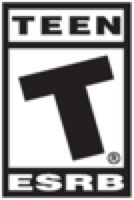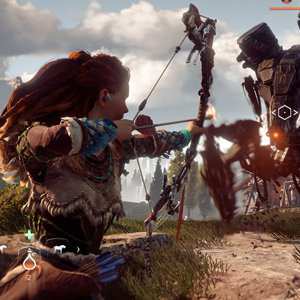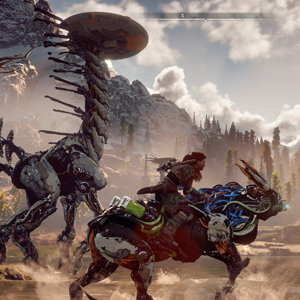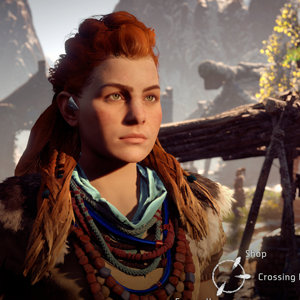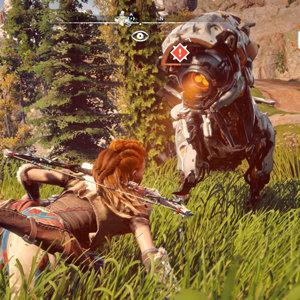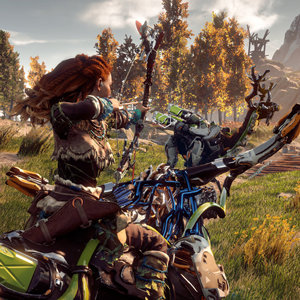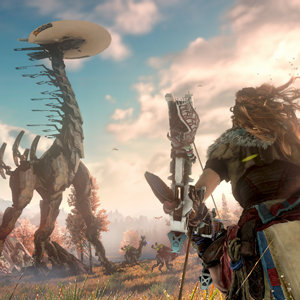Amazon Pay Fees
Transaction Fees
Amazon Pay fees are transaction-based and have a processing and authorization component. The transaction fee is composed of a domestic processing fee of 2.9% and an authorization fee of $0.30, plus tax where applicable, charged when the purchase is successfully authorized and processed.
For example, if a $10 transaction is made on your website, your total transaction fee would be $.59, according to our standard rate:
Transaction Amount
|
Domestic Processing Fee: 2.9%
|
Authorization Fee: $.30
|
Total Transaction Fee
|
$10
|
$.29
|
$.30
|
$.59
|
Authorization Fee
The $0.30 authorization fee, included in the total transaction fee described above, will be collected when the transaction is successfully processed or when a successful authorization that has not been captured is closed or expires.
Cross-Border Processing Fee
If you receive payment from a payment method issued outside of the U.S., we will collect a 3.9% cross-border processing fee and the authorization fee described above, plus tax where applicable. The 3.9% cross-border processing fee is charged only when the transaction is captured. For example, if the customer's credit card was issued outside of the U.S., the cross-border fee will be applied to your transaction.
For example, if a $10 cross-border transaction is made on your website, your total transaction fee would be $.69, according to our standard rate:
Transaction Amount
|
Cross-Border Processing Fee: 3.9%
|
Authorization Fee: $.30
|
Total Transaction Fee
|
$10
|
$.39
|
$.30
|
$.69
|
Disputed Chargeback Fee
If you request to dispute a chargeback claim that is not covered under our Payment Protection Policy (see section B6 of the
Amazon Payments Customer Agreement), we will assess a fee of $20.00 plus tax where applicable. For more information on chargebacks, see
Handling Chargebacks.
Refunds of Transaction Fees
If a refund takes place, you will also be refunded the following transaction fees, as applicable:
- The domestic processing fee (for example, the 2.9% fee)
- The cross-border processing fee (for example, the 3.9% fee)
Please note that the Authorization Fee and Disputed Chargeback Fee are non-refundable.
Amazon Pay Places
If you are a merchant participating in Amazon Pay Places, the fees that apply to your use of Amazon Pay may be different from the fees above. The fees applicable to your use will be communicated directly to you.


